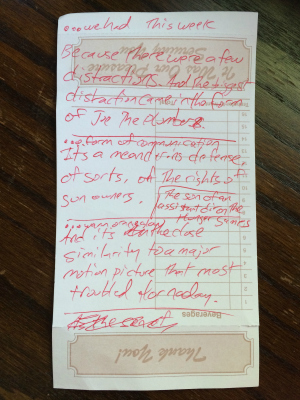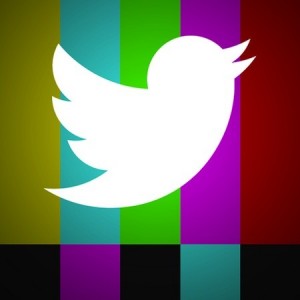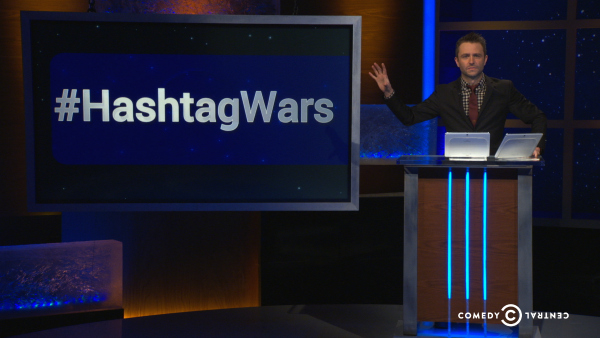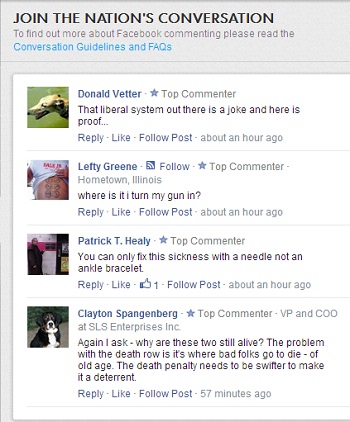I’ve started a monthly roundup of interesting articles about content marketing for work. Whether this becomes an ongoing thing here as well, I don’t know. But after a two-month run of personal introspection, it felt like time to get back into the business of media extrospection here.
Ad Age: Newcastle reveals the secrets of Facebook advertising
What’s the thesis? “If you have no TV ad budget, would all-digital work? Newcastle Brown Ale would argue yes—digital content is just as effective if not more effective.”
Why should I care? Marketers are re-examining their Facebook strategy. Some are throwing more paid media at it. Others, like Newcastle, are taking an integrated approach that uses PR tactics and social analytics to get into more News Feeds and increase its earned media.
Anything else? Newcastle creates different content for its hardcore fans and drive-by fans. Add in the Conan appearances and this campaign doubles-down on customized content instead of repeating the same thing in different channels.
Who else is talking about this? Here’s the next set of Newcastle ads that build on this strategy. Heineken has a similar tactical approach without the strategic underpinning (IMHO).
What’s the next thing people will be saying about this? Advertisers will brag about how they’re not putting all their eggs in the Facebook basket and instead using all the owned/digital channels at their disposal.
—
Quartz: This Google videogame is trying to drive iPhone users into advertisers’ real-world stores
What’s the thesis? “There is a great deal more value for advertisers in having a users walk into shops than ignore a blink-and-you-miss-it ad on the web.” With Google backing, Ingress might be the first but the jury’s still out.
Why should I care? As the banner ad turns 20, we’ve seen a renewed conversation about whether digital/social can drive sales. This also seems to be the latest effort to try and make fetch…er, augmented reality happen.
Anything else? There’s been a lot of controversy about shady mobile ad networks and Foursquare’s recent confusing split into two apps which says many publishers and clients are still trying to solve for mobile.
Who else is talking about this? TechRadar goes deep on the physiological aspects of Ingress. Blippar has an AR game for Google Glass that’s somewhat difficult to play. Google is also all up in your thermostat.
What’s the next thing people will be saying about this? We’re about three months away from the “Google is evil and trying to track everything in your life” article.
—
Ad Age: How a magic toilet transformed Kohler’s digital strategy
What’s the thesis? It’s a classic story: Brand meets girl. Girl makes video about brand that blows up the Internet. Brand realizes it needs to experiment with digital more to fully engage its customer across all channels.
Why should I care? Creating a video that will “go viral” is a great way to make it not. Brands talking to people who already have great relationships with the audience they’re targeting and asking them to create content alongside them is better.
Anything else? A good example for brands hesitant to fully engage bloggers and a great mini-case study for a B2B brand that got consumers talking about it in social media (“Purchase intent registered via social media, for instance, has gone up…”)
Who else is talking about this? BrandChannel.com talks about the spot in reference to other toilet technology. Unrelated but important is this serious conversation about water happening in Detroit right now.
What’s the next thing people will be saying about this? My read on this is it’s a great headline, but the text doesn’t really back it up. I’d be interested to see if Kohler really integrates social engagement or user-generated video in its future digital strategy or if all the insight from this just gets flushed down the…I’m sorry.
—
Digiday? Inside Atlantic Media’s twist on an agency business
What’s the thesis? “Atlantic Media gets paid when people attend [its] event, when companies sponsor it, and also when brands pay its separate content agency to cover it from their perspective.”
Why should I care? Most brands are really uncomfortable with creating content streams that build a brand identity but aren’t expressly sales-driven. Atlantic has always done this for itself (as a magazine) and has now figured out how to do it for brands and create multiple revenue streams out of it.
Anything else? Despite the headline, the work discussed here is more campaign-driven than brand-driven; it’s a better model for publishers than agencies. Ironically, as publishers have become agency-like in their offerings, agencies have considered them more as an activation tactic for brands.
Who else is talking about this? Atlantic’s been cited as an innovative publisher since about 2011 but Digiday’s been covering the heck out of their events and web development platforms lately.
What’s the next thing people will be saying about this? If Buzzfeed doesn’t get into the branded events space within a year, I’ll be surprised.
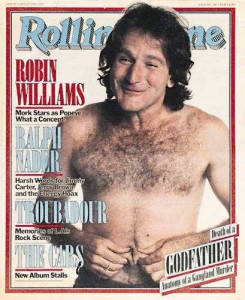 There is a final thing and I think it is this: Robin Williams was an icon. And I know that word is thrown around a lot but when you’re a representation of a time and an attitude and a freewheeling…something that only you can embody? That rises above. He was a pair of suspenders, a shirt from Live at the Met, a set of Popeye arms, a microphone, a genie, a wig and glasses, a rumpled elegance, a Rough Rider.
There is a final thing and I think it is this: Robin Williams was an icon. And I know that word is thrown around a lot but when you’re a representation of a time and an attitude and a freewheeling…something that only you can embody? That rises above. He was a pair of suspenders, a shirt from Live at the Met, a set of Popeye arms, a microphone, a genie, a wig and glasses, a rumpled elegance, a Rough Rider.
